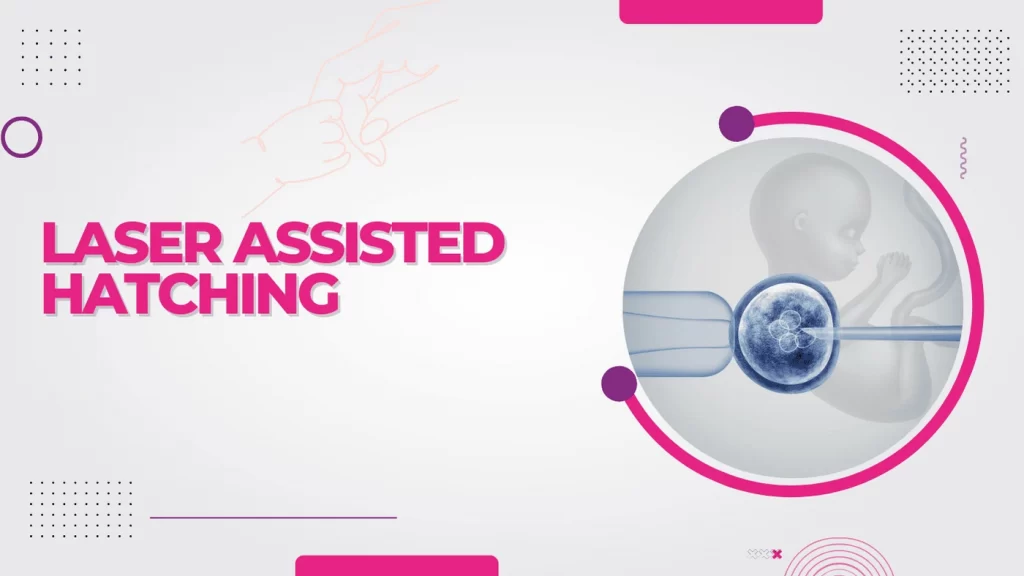
In the presence of high-quality embryos, even at the stage of blastocyst, the success rate of conception is around 50% in the best clinics. The reason for the failure, in some cases, is the disorder of the process of hatching of embryos. In the same way like in regular conditions, on 5th or 6th day of embryonic development, the embryo has to break through and leave the outer shell, which surrounds and protects it from external influences. This layer is called the zona pellucida, and the process is called hatching, or “hatching” of embryos. As mentioned, the disorder at the level of this process is considered responsible for 5-10% of cases of previous failed IVF attempts.
Assisted hatching (AH) is a process – embryological intervention, which helps to ensure that the correct embryo hatches from the membrane, creating a “hole” or proctor of the zona pellucida, just before embryo transfer procedure, with the idea that this contributes to its easier hatching, more successful implantation and higher rate of pregnancy.
Assisted hatching may be performed in 3 ways:
- Chemical AH using acid Tyrode solution
- Mechanical AH by partial dissection of the zona pellucida.
- Laser AH
In laser AH, which has become the most widely used, most efficient and most accurate method of AH, strictly computer-controlled, with maximum precision, and with the use of high magnification, the laser beam is directed to certain parts of the zona pellucida, leading to its evaporation or dissolution.
The procedure must be carried out extremely carefully by qualified and trained personnel, in order to avoid damage to the embryo. The laser beam can be carried out only by thinning of the zona pellucida (Laser assisted zona thining), or making a complete passage of the zone (Laser assisted zona hatching), and both procedures are used successfully, and in certain situations lead to success. The same technique is used for taking cells of embryos for genetic diagnosis – PGD and PGS.
The most common indications for Laser AH, are:
- Embryo derived from frozen egg, advanced age
- Cycles in which embryos show poor quality on the basis of morphological assessment
- Embryos with thickened zona pellucida
- Previous unsuccessful attempts at IVF procedures (one or more)